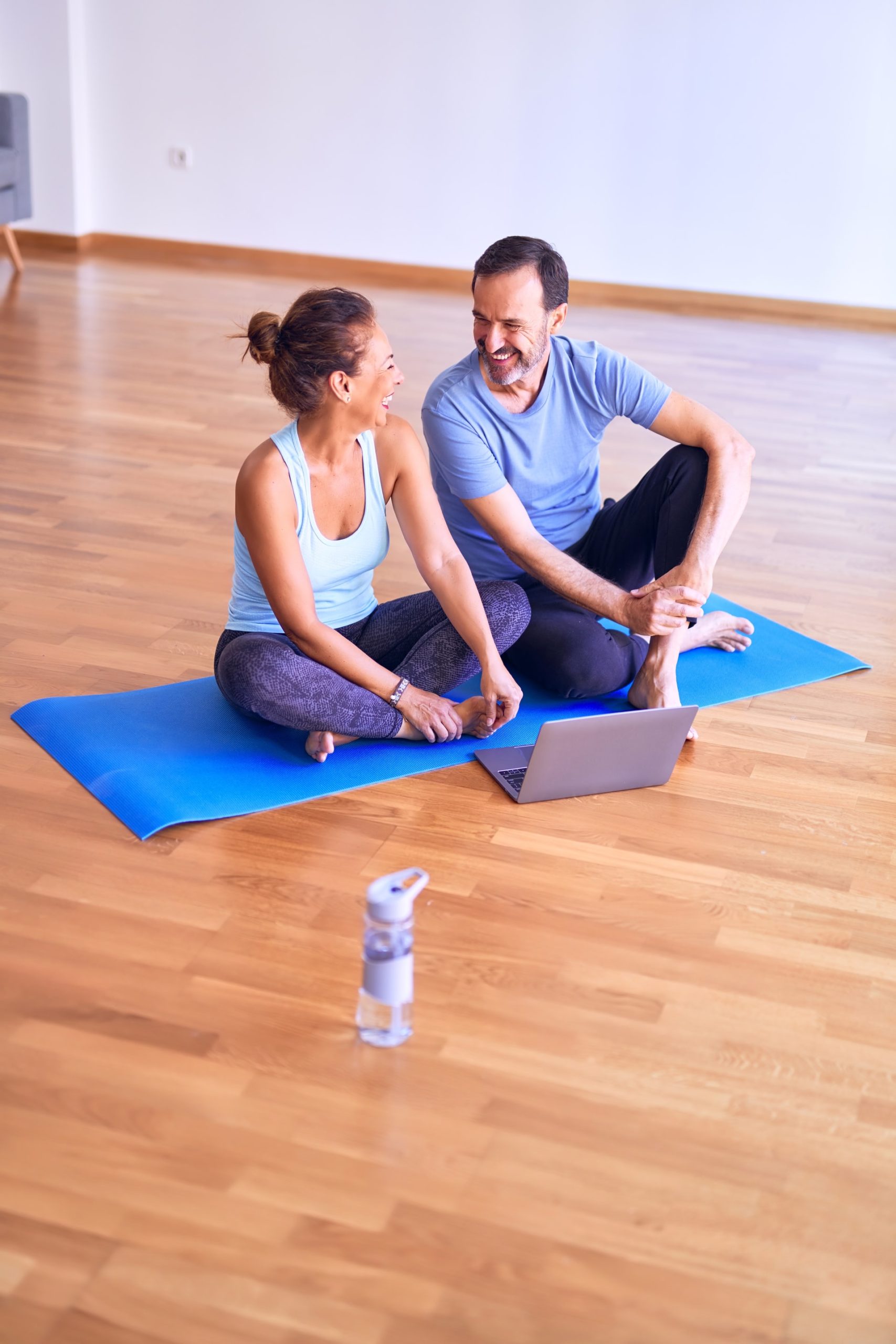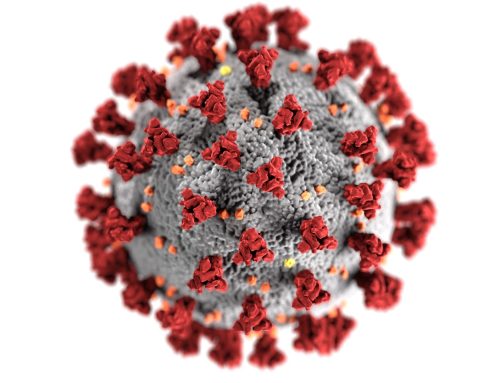Over time, the human body naturally experiences a decline in fitness level. This decline is a normal and unavoidable part of the aging process, but when it happens, it might feel a little more challenging to keep up with workouts an individual has become used to completing with ease. Understanding how to adjust workouts to accommodate aging can help men maintain their fitness levels as the years go by.
Insights Into the Aging Body
According to a study published in the Journal of the American Medical Association (JAMA), males and females gradually become less fit as they age. The decline in cardiorespiratory fitness level accelerates after age 45, making it more challenging to maintain an active lifestyle. The study indicated that while men and women experience the effects, the decline in cardiorespiratory fitness level is more significant in men than in women.
Since a person’s cardiorespiratory fitness level directly correlates with body composition and habitual physical activity, it’s not surprising that aging individuals may struggle to maintain their health and continue to work out. At the first sign of fitness decline, it’s wise to speak to a physician or health care practitioner, who may run tests on the heart, lungs, and other elements of the cardiovascular system to make sure that all is well and to advise on adjustments to make.
Exercise Recommendations for Aging Men
The U.S. Centers for Disease Control and Prevention (CDC) recommends that adults ages 65 and older strive to complete at least 150 minutes of moderate-intensity activity per week. Examples of moderate-intensity activities include swimming, brisk walking, and riding a bicycle. If an older adult prefers to get vigorous-intensity exercise, such as running or hiking, the CDC recommends 75 minutes per week.
In addition to this activity, recommendations call for older adults to engage in activities that strengthen the muscles at least two days per week and improve balance at least three days per week. Ask your JCMC healthcare provider for recommendations if you aren’t sure how to incorporate weight-bearing exercise into your routine.
The Importance of Exercise
Staying active is essential throughout a person’s lifetime. Regular physical activity can lessen the risk of certain diseases, including heart disease and diabetes. Exercise also boosts the body’s overall immune function, which is especially important in older adults, particularly for those who have compromised immunity for other reasons. The aging population is at a higher risk of falling due to loss of coordination and balance, but regular exercise and strength training can both reduce that risk and make it more likely that an older person will be able to break their fall.
Along with the physical benefits, regular exercisers can also experience mental health benefits. Physical activity produces endorphins in the brain, helping the individual feel happy and positive. Endorphins can also reduce stress levels, while regularly moving the body can improve sleep habits and patterns.
Adapting a Workout for Aging
Working out is a critical element in men’s health, and adapting workouts can help a man feel more productive as he exercises. Resistance training is always worthwhile; it can help an individual build and strengthen the body’s muscles. If balance is a concern, it’s wise to use machines that don’t require the user to stand, such as a stationary bicycle. Or try incorporating a yoga practice into your day!
With the right tools and resources, aging adults don’t have to stop exercising. Simply adapting workouts based on the needs and changes in the body can make a big difference. Contact a family practice physician or a doctor in a specific specialty with questions or concerns.







